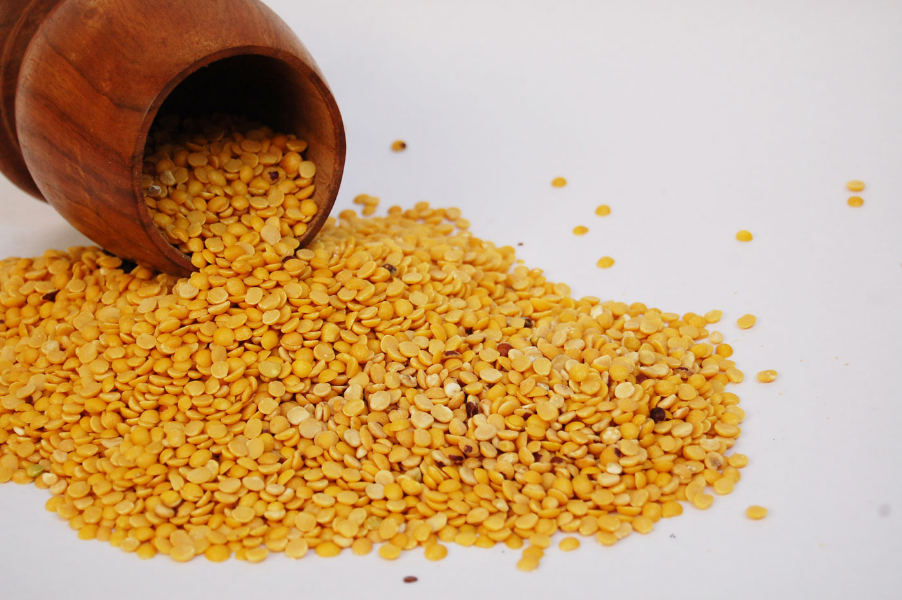ICRISAT and ICAR recommend steps for increasing domestic production of pulses
Indian scientists create action-plan for increasing domestic production of pulses
 गाँव कनेक्शन 1 Aug 2018 8:20 AM GMT
गाँव कनेक्शन 1 Aug 2018 8:20 AM GMT

ICRISAT and ICAR conducted a study to look at ways of improving India's pulse production. Dr KV Raju of ICRISAT and Dr Ranjit Kumar of ICAR have come up with a paper titled "Leveraging Policies for Self Sufficiency in Pulses in India" where they recommend a 12-point action plan for policy makers. The crux of their recommendations is to promote a multi-pronged approach where high quality seeds should be made available to farmers along with making it more profitable for them to grow pulses.
While the demand for pulses in steadily growing because of increased awareness regarding the health benefits of the protein and vitamin rich pulses, the supply is not being able to match it.
"India produces a quarter of the world's total production of pulses and consumes almost one-third, importing 2–6 million tons annually (most of it from Canada, Myanmar, Australia and African countries) to meet the domestic demand," says the ICRISAT report.
The paper suggests the following action-plan to improve the production of pulses in India:
Short-term strategies
• Strengthening seed delivery system by encouraging high-quality seed production of pulses
• Ensuring remunerative prices for farmers by judicious consideration of Minimum Support Price (MSP)
• Effective procurement by arranging procurement centers close to producers
• Skilling of pulse growers on modern production practices with help from Krishi Vigyan Kendras
• Efficient crop insurance mechanism focused on pulses growers.
Medium-term strategies
• Expansion of area under pulses by utilizing fallow lands and reclaimed wastelands for pulses production
• Forming Farmer-Producer Organizations (FPOs) for value addition through processing of pulses and shortening of the value chain
• Customization and development of farm equipment, including app-based hiring
• Setting up of storage and warehousing in rural areas
• Foresight for international trade, with tools to predict market demand/supply
Long-term strategies
• Developing short-duration and pest- and disease-resistant cultivars, with adequate funding support for R&D
• Integrating pulses into the public distribution system (PDS) to ensure minimum consumption by poor households even during scarcity
The paper, published in the Journal of Development Policy and Practice, says that historically, small farmers moved away from the more profitable but risky pulse crops to the less profitable but more stable crops such as cereals. Another reason for the drop in the cultivation of pulses was that their cultivation is more labour intensive.
"The National Food Security Mission (NFSM), launched in 2007, outlines policy packages involving field demonstrations of best farming practices, incentives for adoption of modern technologies, and resource conservation and management practices. In the past six years, the government has continued to increase the MSP of kharif pulses by over 45% and that of rabi pulses by 50–60%. However, it will take much more than these incentives for India to achieve self-sufficiency in pulses. Drawing on the above recommendations can prove to be invaluable for policy makers while formulating strategic plans to increase and improve pulse production in India," states the ICRISAT and ICAR paper.
More Stories




